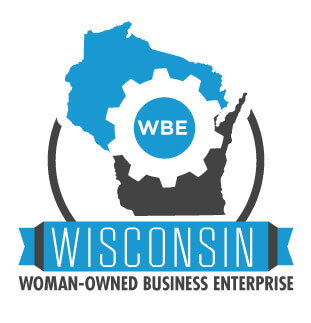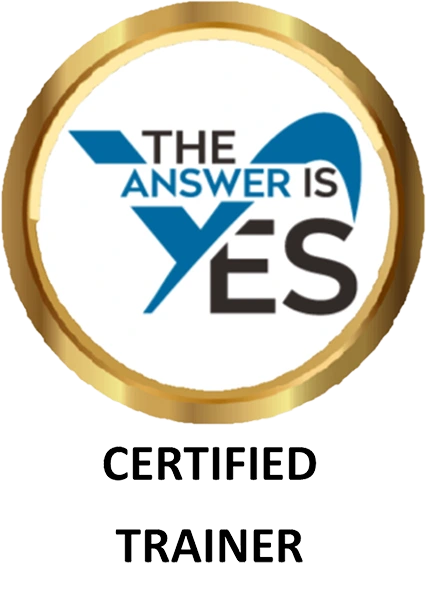“In order to create real change, we need to understand unconscious bias as a fundamental social justice issue that gives birth to all kinds of -isms in our society, not some standalone concept that is nice-to-know.” Michelle Kim
Neal Goodman has written a very thoughtful article that identifies Ten Steps to Overcome Unconscious Bias. If you haven’t seen the article, I think his suggestions are worth hearing.
Here are his ten steps:
- Set realistic expectations that training can raise consciousness but not eliminate all bias.
- Provide the training in-person because the topic requires “interaction, trust, and the opportunity for people to meet in a safe environment.”
- Select a facilitator who is passionate about the topic and might be part of an underrepresented group. ”Trainers should be highly qualified and well-versed in the social psychology of attitude formation, be excellent and empathetic facilitators, and have a nonthreatening and inclusive style that avoids guilt trips.”
- Plan several short sessions or at least a one full day of training.
- Incorporate unconscious bias assessment tools, such as Project Implicit, but make sure that trainees do not misinterpret the results.
- Have the training focus on real situations, “such as reviewing resumes, conducting interviews, or responding to customers.”
- Use proven simulations, role plays and other interactive exercises that help people take the perspective of others.
- Identify statements that groups find offensive and discuss why.
- Provide “debiasing counter-stereotyping activities. Make associations that go counter to existing stereotypes (male nurses, female scientists, elderly athletes, and the like.)”
- Address the topic of in-group favoritism and how it operates in organizations to show how “a lack of diversity creates group-think, while diverse viewpoints result in more creativity and innovation.”
I think that we should add some implementation and action planning steps to this training outline:
- Practice recognizing hidden biases at play in daily activities, particularly where the situations or decisions may seem at first glance to be bias-free.
- Commit to noticing biases at play and taking steps to eliminate them.
Mr. Goodman points out that:
“It is unrealistic to expect that our unconscious biases, which have taken years to develop, will melt away after a single training program. Follow-up training or coaching will help to reinforce the original training. Metrics that demonstrate changes in behavior, such as the percentages of underrepresented candidates selected for development programs, should be a part of any follow-up to demonstrate the commitment to take action.”
How is your organization addressing unconscious bias?
May your learning be sweet- and safe.
Deborah





